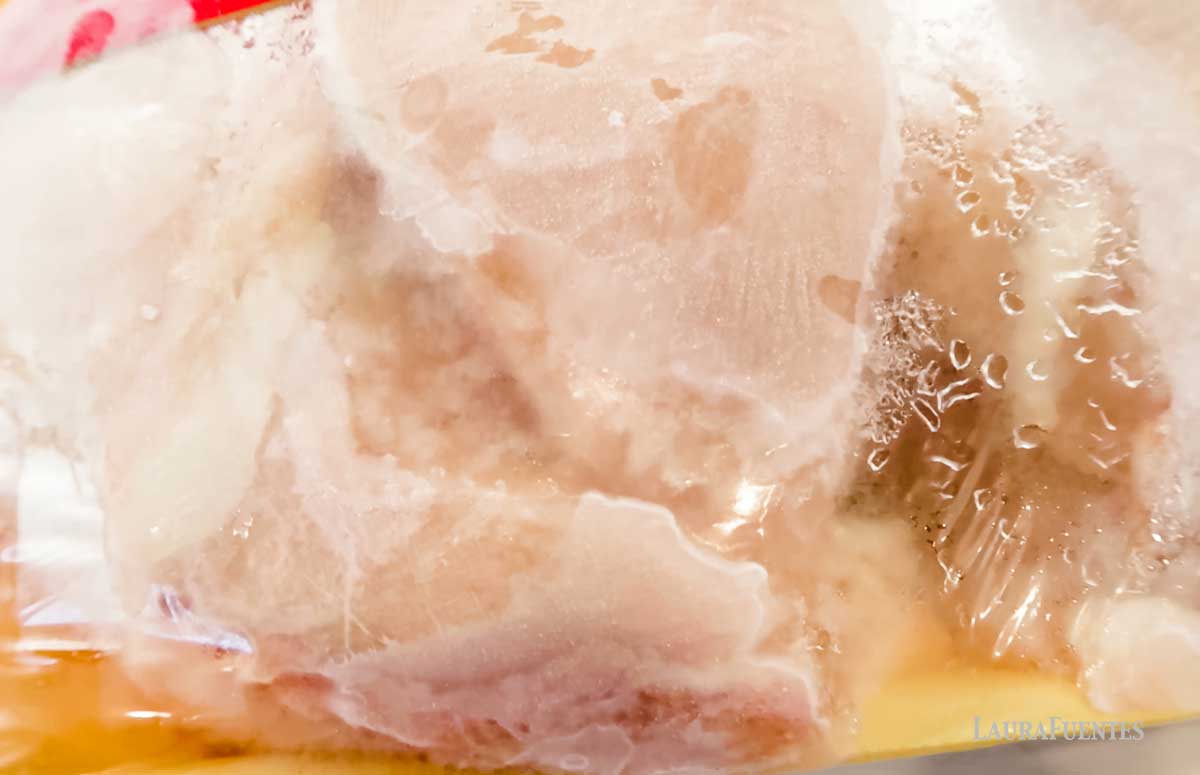

Articles
What Does Freezer Burned Chicken Look Like
Modified: January 5, 2024
Learn how to identify freezer burned chicken and what it looks like in this informative article.
(Many of the links in this article redirect to a specific reviewed product. Your purchase of these products through affiliate links helps to generate commission for Storables.com, at no extra cost. Learn more)
Introduction
Freezer burn is a common issue that many individuals encounter when storing food for an extended period of time. It can affect various types of food, including chicken. Freezer burn refers to the process in which moisture is lost from the food, resulting in changes in texture, taste, and appearance. While freezer burn is not harmful to consume, it can greatly impact the quality of the food, making it less desirable for consumption.
In this article, we will focus specifically on freezer-burned chicken and discuss the visual signs that indicate its presence. Understanding these signs will help you determine whether your chicken has been affected by freezer burn and whether it is still suitable for consumption.
Let’s delve into the details of what freezer burn is, how it affects chicken, and the visual indicators to look out for.
Key Takeaways:
- Freezer burn affects chicken’s texture, color, and flavor, making it less appetizing. Visual signs include dry, leathery areas, pale or faded patches, and the development of ice crystals, indicating compromised quality.
- Prevent freezer burn by employing proper food storage techniques and effective wrapping and packaging methods. Keep chicken in airtight containers, use freezer bags, and maintain a consistent freezer temperature to preserve its freshness and quality.
Read more: What Does Freezer Burnt Shrimp Look Like
What is Freezer Burn?
Before we dive into the visual signs of freezer-burned chicken, let’s first understand what freezer burn actually is. Freezer burn occurs when the moisture in food evaporates and freezes on the surface of the food. This process is often caused by improper storage conditions or prolonged exposure to air in the freezer.
When chicken is exposed to air, the moisture on the surface of the meat starts to evaporate. This moisture then freezes, forming ice crystals on the chicken. Over time, these ice crystals can cause the chicken to dehydrate, leading to changes in texture, flavor, and appearance. While freezer burn does not make the chicken unsafe to eat, it can greatly affect its quality.
It’s important to note that freezer burn is not limited to chicken alone. It can occur in other types of food as well, such as beef, fish, and vegetables. However, since this article focuses on chicken, we will explore how freezer burn specifically affects poultry.
Now that we have a basic understanding of what freezer burn is, let’s delve into how it affects chicken and the visual signs that indicate the presence of freezer burn.
How Does Freezer Burn Affect Chicken?
Freezer burn can significantly impact the quality of chicken, making it less appetizing and enjoyable to eat. When chicken is affected by freezer burn, several changes occur that affect its texture, flavor, and appearance.
One of the primary ways freezer burn affects chicken is by causing a loss of moisture. As the moisture evaporates from the surface of the chicken, it leads to dehydration. This can result in dry, tough, and chewy meat that lacks the juiciness typically associated with fresh chicken. The dryness and loss of moisture can make the chicken less palatable and less appealing to eat.
In addition to the loss of moisture, freezer burn can also cause changes in the color and texture of the chicken. The affected areas may appear discolored, often exhibiting a grayish or whitish hue. The texture of the meat can become grainy or mushy, further diminishing the overall quality of the chicken.
Furthermore, freezer burn can affect the flavor of chicken. The prolonged exposure to cold temperatures and air can lead to a loss of flavor and taste. Chicken that has been freezer burned may have a bland or off-putting taste, lacking the natural flavors that fresh chicken possesses.
It’s important to note that while freezer burn does affect the quality of the chicken, it does not make it unsafe to consume. However, if the chicken has been severely freezer burned or if there are signs of spoilage, such as an unpleasant odor or unusual sliminess, it is best to discard it.
Now that we understand how freezer burn can impact chicken, let’s move on to the visual signs that indicate the presence of freezer-burned chicken.
Visual Signs of Freezer Burned Chicken
Identifying the visual signs of freezer burn on chicken can help you determine whether the meat is still suitable for consumption or if it should be discarded. Here are some common visual indicators to look out for:
Changes in Texture and Color: Freezer-burned chicken may exhibit changes in texture and color. The affected areas may appear dry, with a leathery or shriveled appearance. The color of the meat may be pale or faded, with patches of discoloration such as white or grayish spots. These changes indicate the loss of moisture and dehydration caused by freezer burn.
Loss of Moisture: One of the primary visual signs of freezer-burned chicken is the presence of frost or ice crystals on the surface of the meat. These ice crystals result from the moisture in the chicken evaporating and freezing. The formation of ice crystals not only indicates freezer burn but also contributes to the dryness and texture changes in the meat.
Development of Ice Crystals: As mentioned earlier, freezer burn causes the formation of ice crystals on the surface of chicken. These ice crystals can range in size and may appear as small frost-like particles or larger, more noticeable crystals. The presence of ice crystals is a clear indication of freezer burn.
Texture Changes: Freezer-burned chicken may have a noticeably different texture compared to fresh chicken. The affected areas can feel grainy, mushy, or spongy, indicating the loss of moisture and the changes that occur as a result of freezer burn. The texture changes make the chicken less desirable and can negatively impact your dining experience.
It’s essential to inspect your chicken carefully to identify any visual signs of freezer burn. If you notice any of these indicators, it is a strong indication that the chicken has been freezer burned and its quality has been compromised.
Now that we have discussed the visual signs of freezer-burned chicken, let’s move on to explore methods to prevent freezer burn and preserve the quality of your chicken.
Changes in Texture and Color
When chicken is affected by freezer burn, one of the noticeable changes is in its texture and color. These changes can provide visual cues that the meat has been compromised and may no longer be suitable for consumption.
Texture changes in freezer-burned chicken can vary depending on the severity of the freezer burn and the length of time it has been stored. The affected areas may feel dry, tough, and leathery. The moisture loss from the chicken leads to a dehydrated texture that is quite different from the juicy and tender texture of fresh chicken.
Additionally, freezer-burned chicken may exhibit changes in color. The affected areas may appear pale or faded, with white or grayish patches. These discolorations are a result of the moisture loss and dehydration caused by freezer burn.
It is important to note that these texture and color changes are usually limited to the surface of the chicken meat. If the freezer burn is severe or has penetrated deeply into the meat, the texture and color changes may extend further into the chicken.
Texture and color changes not only affect the appearance of the chicken but also impact its taste and overall eating experience. The dry and tough texture can make the chicken less enjoyable to consume, and the change in color may be indicative of the loss of freshness and quality.
When inspecting chicken for texture and color changes, pay attention to any dry or leathery areas on the meat. Look out for patches of discoloration, such as white or grayish spots. These are signs that freezer burn has occurred and may indicate a decline in the quality of the chicken.
If you notice significant texture and color changes in your chicken due to freezer burn, it is generally best to discard the meat. While freezer-burned chicken is not harmful to consume, it may not taste as good or have the desired texture, leading to a less enjoyable culinary experience.
Now that we have explored the changes in texture and color caused by freezer burn, let’s move on to discuss methods to prevent freezer burn and preserve the quality of your chicken.
Read more: What Does Freezer Burn Do
Loss of Moisture
Freezer burn can lead to a significant loss of moisture from chicken, resulting in changes in texture and taste. When chicken is improperly stored or exposed to air in the freezer, the moisture on the surface of the meat starts to evaporate.
As the moisture evaporates, the chicken becomes dehydrated, leading to a dry and tough texture. The loss of moisture can make the meat less juicy and tender, diminishing its overall quality. Without adequate moisture, the chicken may lack the succulent flavors and pleasing mouthfeel that fresh chicken typically possesses.
The loss of moisture is often accompanied by other visual signs of freezer burn, such as the presence of frost or ice crystals on the surface of the meat. These ice crystals form when the moisture in the chicken evaporates and freezes. The formation of ice crystals contributes to the loss of moisture and can further exacerbate the dehydration process.
When inspecting chicken for loss of moisture due to freezer burn, look for areas that appear dry or leathery. The surface of the meat may feel rough or dull as a result of the moisture loss. These signs indicate that the chicken has not been adequately protected from the freezing air, leading to the evaporation of moisture and subsequent freezer burn.
It is important to note that while freezer-burned chicken may have a loss of moisture, it is not harmful to consume. However, the texture and taste may be compromised, making it less desirable for consumption.
To minimize the loss of moisture and reduce the risk of freezer burn, it is crucial to follow proper food storage techniques and employ appropriate wrapping and packaging methods for your chicken. These measures will be discussed in detail later in the article.
Now that we understand the impact of freezer burn on the loss of moisture in chicken, let’s move on to explore the development of ice crystals as another visual sign of freezer-burned chicken.
Freezer burned chicken will have a whitish or grayish discoloration, dry and leathery texture, and may also have ice crystals on the surface. To prevent freezer burn, make sure to wrap the chicken tightly in plastic wrap or aluminum foil before storing it in the freezer.
Development of Ice Crystals
One of the telltale signs of freezer burn on chicken is the development of ice crystals on the surface of the meat. These ice crystals form as a result of the moisture in the chicken evaporating and freezing.
When chicken is improperly stored or exposed to air in the freezer, the moisture on the surface of the meat starts to evaporate. As the moisture evaporates, it turns into water vapor and then freezes, forming ice crystals. These ice crystals can range in size, from small frost-like particles to larger, more noticeable crystals.
The presence of ice crystals is a clear indicator that the chicken has been affected by freezer burn. As the ice crystals form, they contribute to the loss of moisture from the chicken, further dehydrating the meat and altering its texture.
When inspecting chicken for the development of ice crystals, look for areas where frost or ice has accumulated on the surface of the meat. These ice crystals may appear as a thin layer of frost or as larger, more distinct crystals. They can give the chicken a frosty or icy appearance.
It’s important to note that while the presence of ice crystals indicates freezer burn, it doesn’t necessarily mean that the chicken is unsafe to eat. Freezer-burned chicken is still edible, but the quality may be compromised, impacting the taste and texture of the meat.
To reduce the development of ice crystals and minimize freezer burn, it is crucial to properly package and seal the chicken before storing it in the freezer. This will be discussed in detail later in the article, as proper wrapping and packaging methods can help preserve the quality of the chicken and prevent the formation of ice crystals.
Now that we have discussed the visual signs of freezer-burned chicken, including changes in texture and color, as well as the loss of moisture and the development of ice crystals, let’s move on to explore methods to prevent freezer burn and preserve the quality of your chicken.
How to Prevent Freezer Burn
Preventing freezer burn on chicken is essential to maintain the quality and freshness of the meat. By employing proper food storage techniques and using appropriate wrapping and packaging methods, you can significantly reduce the risk of freezer burn. Here are some tips to help prevent freezer burn:
1. Proper Food Storage Techniques: When storing chicken in the freezer, it is important to follow a few guidelines. Firstly, make sure the chicken is properly cooled before placing it in the freezer to minimize condensation. Additionally, store the chicken in airtight containers or freezer bags to prevent air exposure. This will help maintain the moisture content and reduce the chances of freezer burn.
2. Wrapping and Packaging Methods: Properly wrapping and packaging the chicken can play a crucial role in preventing freezer burn. Start by using high-quality freezer bags or freezer-grade wrapping materials. Remove as much air as possible from the bags before sealing them, as excess air can contribute to moisture loss. Alternatively, you can vacuum-seal the chicken to create a tight seal and further protect it from freezer burn.
3. Label and Date: It is important to label and date your chicken before placing it in the freezer. This will help you keep track of how long the chicken has been stored and ensure that you use the oldest chicken first. By rotating your chicken stock regularly, you can minimize the chance of freezer burn due to prolonged storage.
4. Avoid Freezer Temperature Fluctuations: Fluctuations in freezer temperature can increase the risk of freezer burn. To prevent this, keep your freezer at a consistent temperature, ideally between 0°F (-18°C) and -10°F (-23°C). Avoid opening the freezer door frequently, as it can cause temperature fluctuations. Additionally, avoid overcrowding the freezer, as this can hinder proper air circulation and lead to uneven cooling.
5. Use Freezer Burn Prevention Tools: Another way to prevent freezer burn is to use freezer burn prevention tools such as freezer paper or freezer wrap. These materials provide an extra layer of protection against air exposure and help retain moisture in the chicken, reducing the likelihood of freezer burn.
By implementing these preventative measures, you can significantly reduce the occurrence of freezer burn on your chicken, ensuring that it remains fresh and of high quality for longer periods of time.
Now that we have explored methods to prevent freezer burn, let’s conclude our discussion on freezer-burned chicken.
Proper Food Storage Techniques
Proper food storage techniques are crucial for preventing freezer burn and maintaining the quality of chicken. By following these guidelines, you can ensure that your chicken stays fresh and free from freezer burn. Here are some key techniques to consider:
1. Cool Before Freezing: Before placing chicken in the freezer, it is important to cool it down first. Allowing the chicken to come to room temperature or refrigerating it for a short period will help minimize the amount of condensation that forms during the freezing process. Excess moisture can increase the risk of freezer burn, so ensuring the chicken is properly cooled can help mitigate this issue.
2. Airtight Containers: When storing chicken in the freezer, it is best to use airtight containers. These can include plastic containers with tight-fitting lids or freezer-safe bags. Airtight containers help prevent air from coming into contact with the chicken, reducing the risk of freezer burn caused by moisture loss. Make sure to remove as much air as possible from bags before sealing them to maximize protection.
3. Separate and Divide: When storing chicken, it is advisable to separate and divide it into smaller portions. This allows for easier storage and thawing later on. It also prevents the need to repeatedly thaw and refreeze the entire batch of chicken, which can lead to quality loss and increase the chances of freezer burn.
4. Use Freezer-Safe Packaging: Ensure that the containers or bags you use for chicken storage are specifically designed for freezer use. Freezer-grade plastic containers and bags are made to withstand low temperatures and are less prone to developing leaks or allowing air infiltration. Using the appropriate packaging materials helps maintain the quality and prevents freezer burn.
5. Arrange and Organize: Proper organization within the freezer is essential for maintaining the quality of chicken. Ensure that the chicken is arranged in a way that allows for proper air circulation, as this helps maintain a consistent temperature throughout the freezer. Avoid overcrowding the freezer, as it can obstruct air circulation and lead to uneven cooling.
By employing these proper food storage techniques, you can significantly reduce the risk of freezer burn and ensure that your chicken stays fresh and of high quality. Pairing these techniques with appropriate wrapping and packaging methods will further enhance the preservation of your chicken.
Now that we have covered proper food storage techniques, let’s move on to discussing wrapping and packaging methods to prevent freezer burn.
Read more: What Does A Gable Look Like?
Wrapping and Packaging Methods
The way you wrap and package chicken plays a crucial role in preventing freezer burn and preserving its quality. Proper wrapping and packaging methods can help create a protective barrier against air exposure, reducing the risk of moisture loss and freezer burn. Here are some effective techniques to consider:
1. Freezer Bags: Using freezer-safe bags is a popular and convenient method for packaging chicken. These durable bags are specifically designed to withstand low temperatures and prevent moisture and air from reaching the chicken. When using freezer bags, make sure to press out as much air as possible before sealing them tightly.
2. Plastic Wrap: Another option is to wrap individual chicken pieces tightly with plastic wrap. Start by wrapping the chicken piece in a layer of plastic wrap, ensuring there are no gaps or exposed areas. Then, wrap an additional layer of aluminum foil around the plastic-wrapped chicken for added protection.
3. Freezer Paper: Freezer paper is a popular choice for wrapping chicken as it provides an excellent barrier against air and moisture. To use freezer paper, place the chicken piece in the center of the paper, then fold the paper over to cover the chicken completely. Secure the edges by folding or using tape. This method helps maintain the quality of the chicken and prevents freezer burn.
4. Vacuum Sealing: Vacuum sealing is a highly effective method for preventing freezer burn. It involves using a vacuum sealer machine to remove the air from specially designed bags. By removing the air, you create an airtight seal around the chicken, protecting it from moisture loss and air exposure. Vacuum-sealed chicken can stay fresh for extended periods of time.
5. Aluminum Foil: Wrapping chicken in aluminum foil can offer an extra layer of protection against air and moisture. Start by placing the chicken on a piece of foil and folding the edges over to seal it tightly. Make sure the foil completely covers the chicken, leaving no openings or exposed areas.
When using these wrapping and packaging methods, it is important to label the packages with the date and contents. This helps with organization and ensures that you use the oldest chicken first, reducing the risk of prolonged storage and freezer burn.
Remember, regardless of the wrapping or packaging method you choose, always ensure that the chicken is tightly sealed and there are no openings or gaps that can allow air or moisture to reach the meat.
By using these effective wrapping and packaging methods, you can significantly reduce the risk of freezer burn and prolong the freshness and quality of your chicken.
Now, let’s conclude our discussion on preventing freezer burn and preserving the quality of chicken.
Conclusion
Freezer burn is a common issue that affects the quality of chicken when stored improperly. It occurs when moisture evaporates from the surface of the chicken, leading to changes in texture, flavor, and appearance. However, with proper knowledge and implementation of preventative measures, you can significantly reduce the risk of freezer burn and maintain the freshness and quality of your chicken.
Visual signs of freezer-burned chicken include changes in texture and color, such as dry and leathery areas with pale or faded patches. The loss of moisture and the development of ice crystals on the surface of the meat further indicate freezer burn.
To prevent freezer burn, it is important to employ proper food storage techniques. This includes cooling the chicken before freezing, using airtight containers or freezer bags, separating and dividing the chicken into smaller portions, and maintaining a consistent temperature in the freezer.
In addition, wrapping and packaging methods play a critical role in preventing freezer burn. Freezer bags, plastic wrap, freezer paper, vacuum sealing, and aluminum foil can all be effective in creating a protective barrier against air and moisture.
By following these guidelines and implementing proper food storage techniques, you can minimize the risk of freezer burn and preserve the quality of your chicken. Remember to label and date your chicken packages for easy organization and rotation.
Always inspect your chicken for visual signs of freezer burn before consuming it. While freezer-burned chicken is generally safe to eat, it may have undesired texture changes and a compromised taste.
With the right knowledge and practices, you can ensure that your chicken stays fresh, flavorful, and free from freezer burn, enhancing your culinary experience every time you cook with it.
Now that you are equipped with the necessary information, go ahead and properly store your chicken to keep it in optimal condition, ready to be enjoyed whenever you desire.
Frequently Asked Questions about What Does Freezer Burned Chicken Look Like
Was this page helpful?
At Storables.com, we guarantee accurate and reliable information. Our content, validated by Expert Board Contributors, is crafted following stringent Editorial Policies. We're committed to providing you with well-researched, expert-backed insights for all your informational needs.


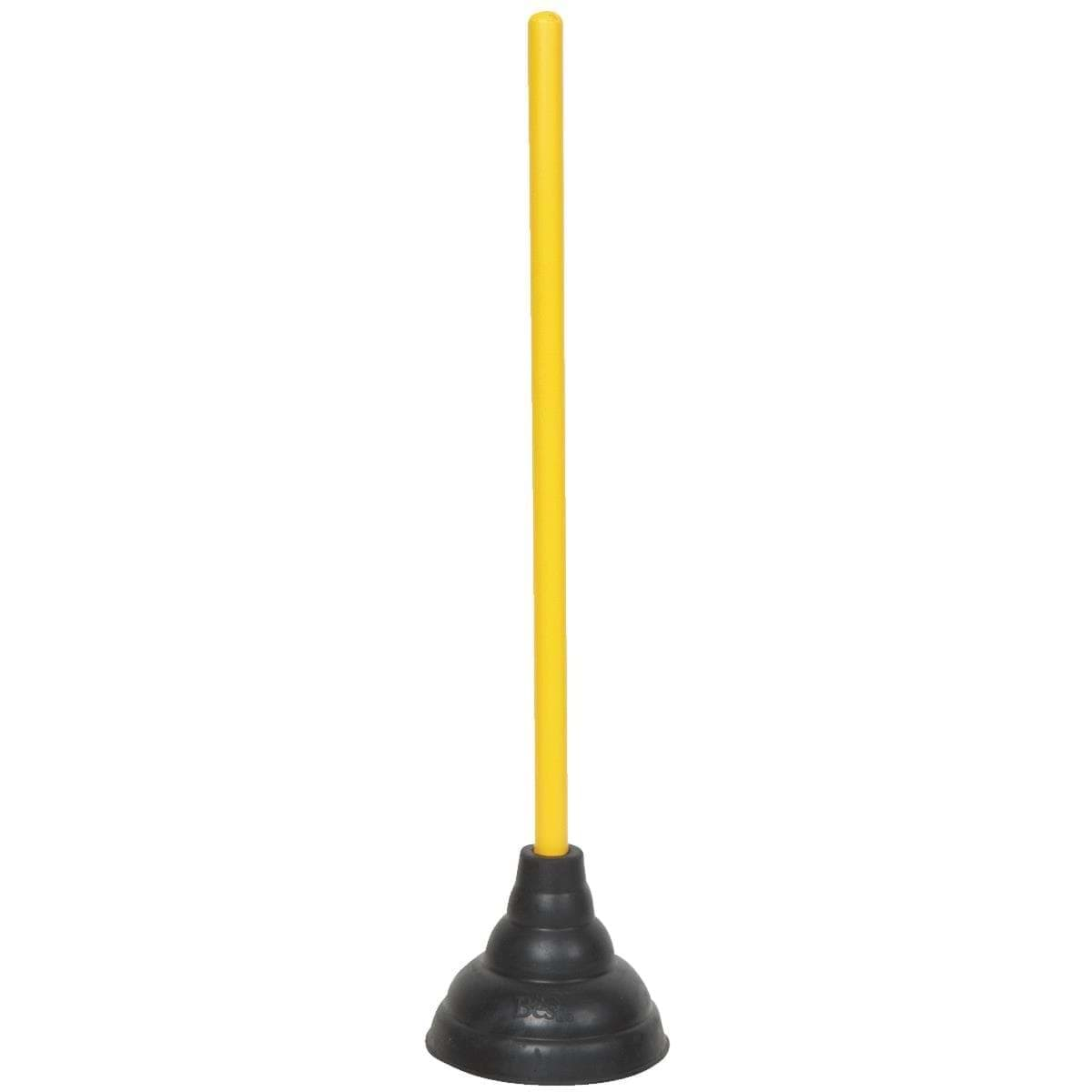

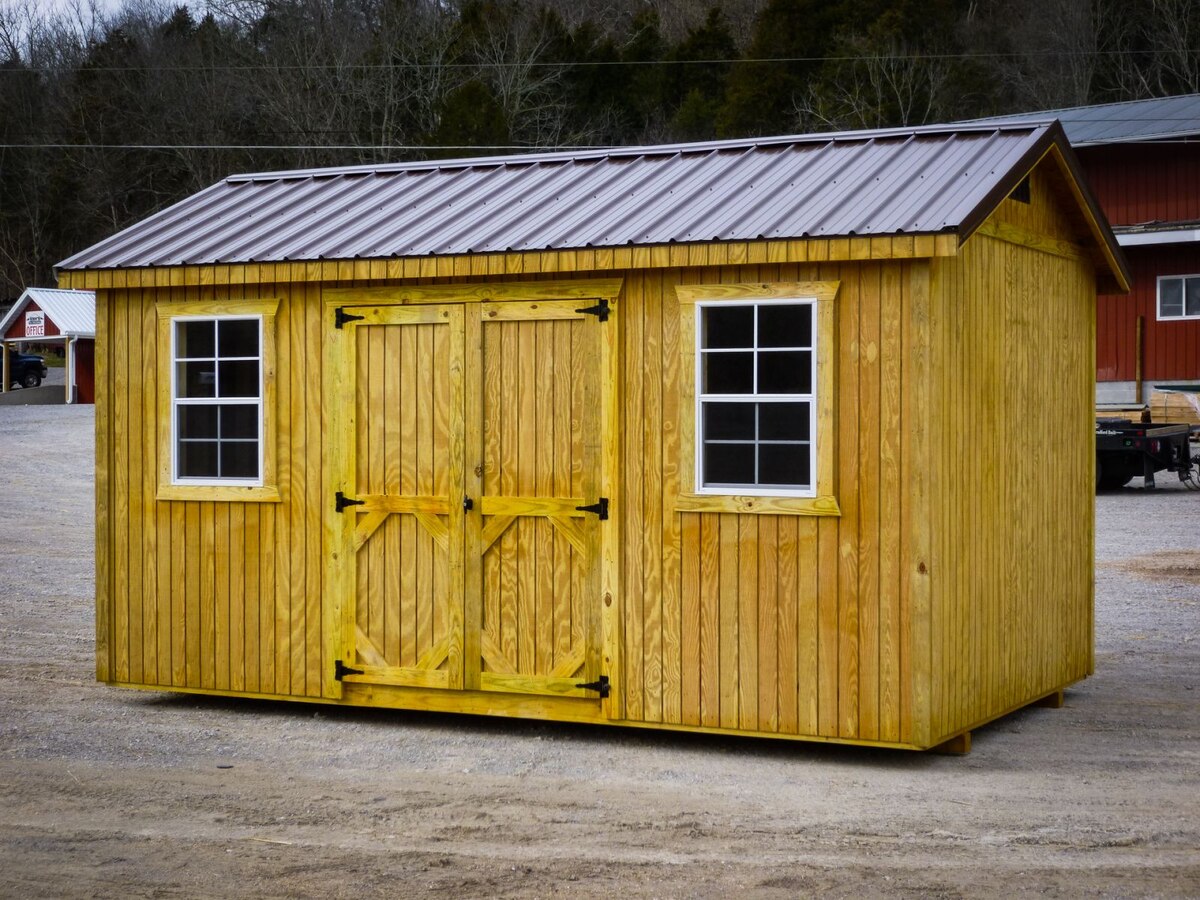
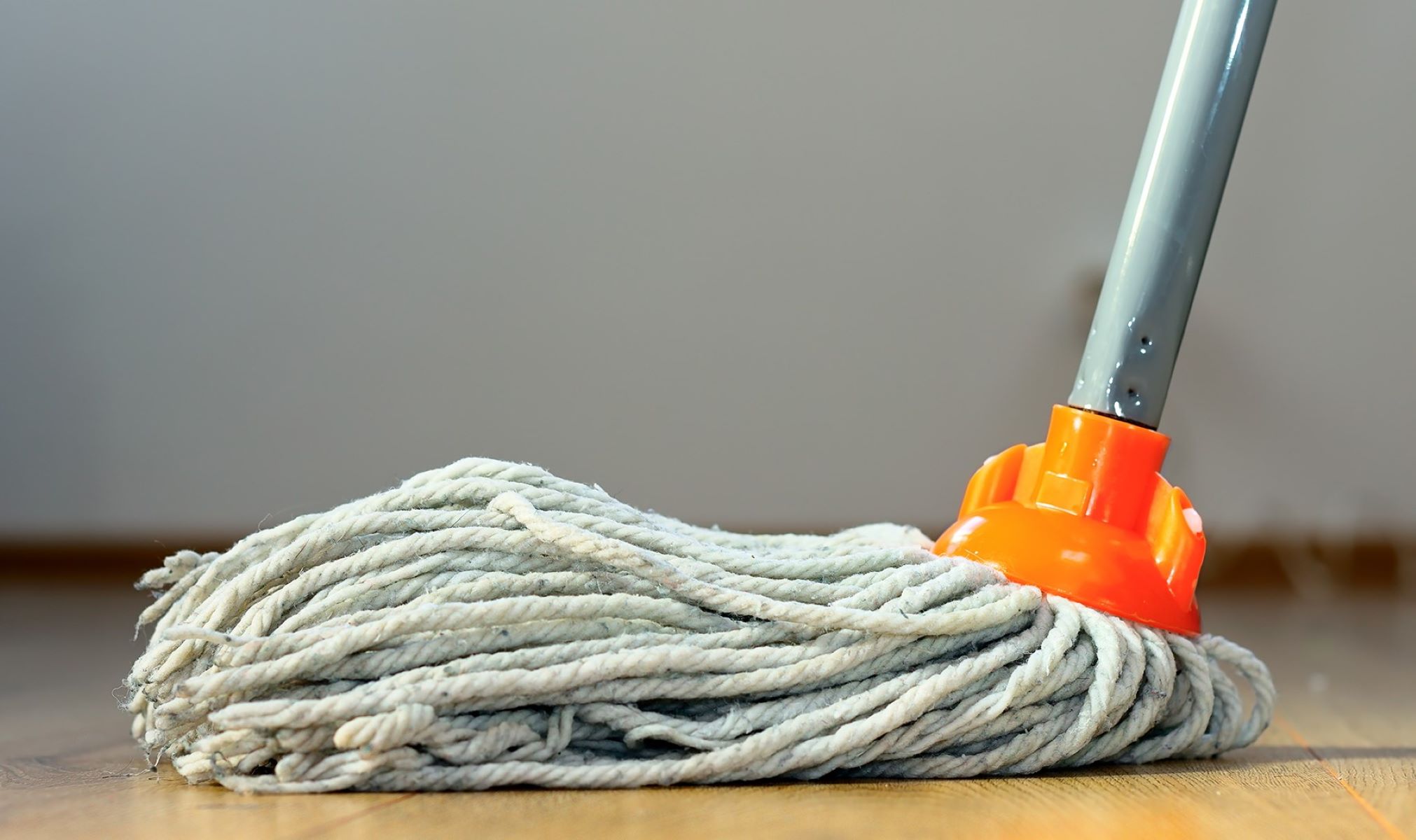

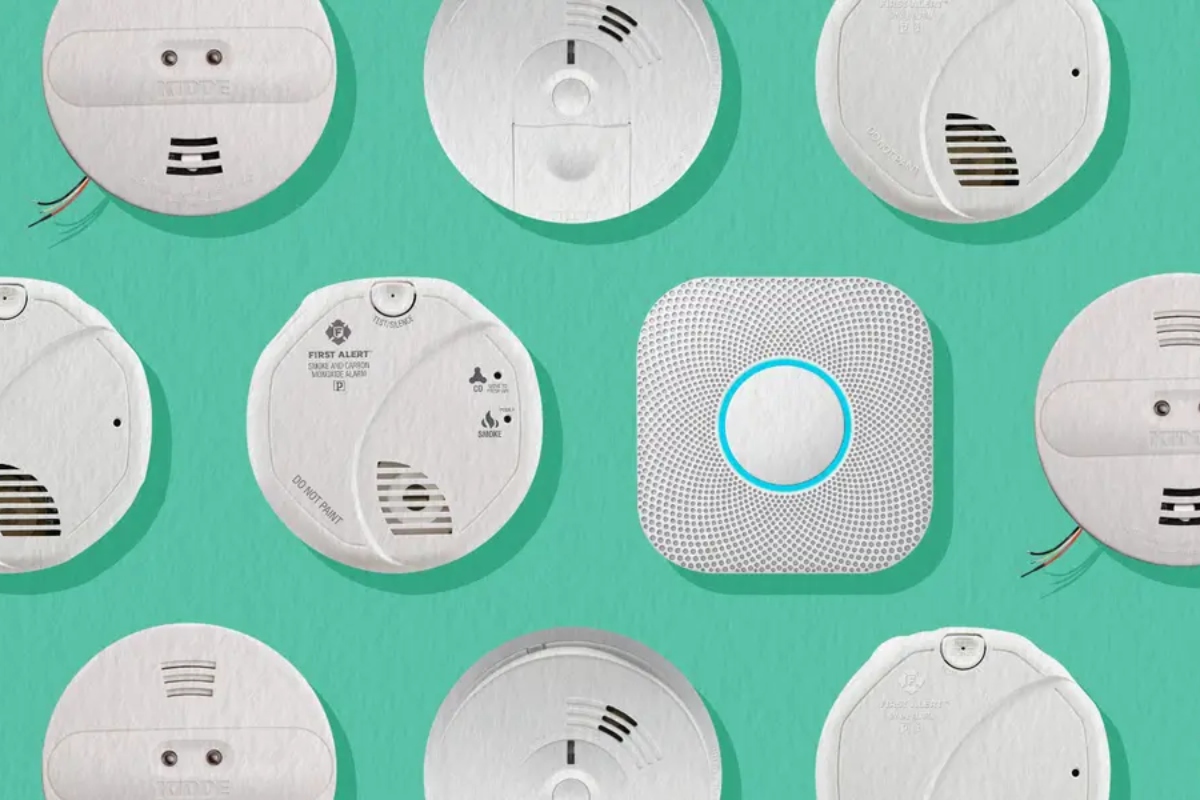




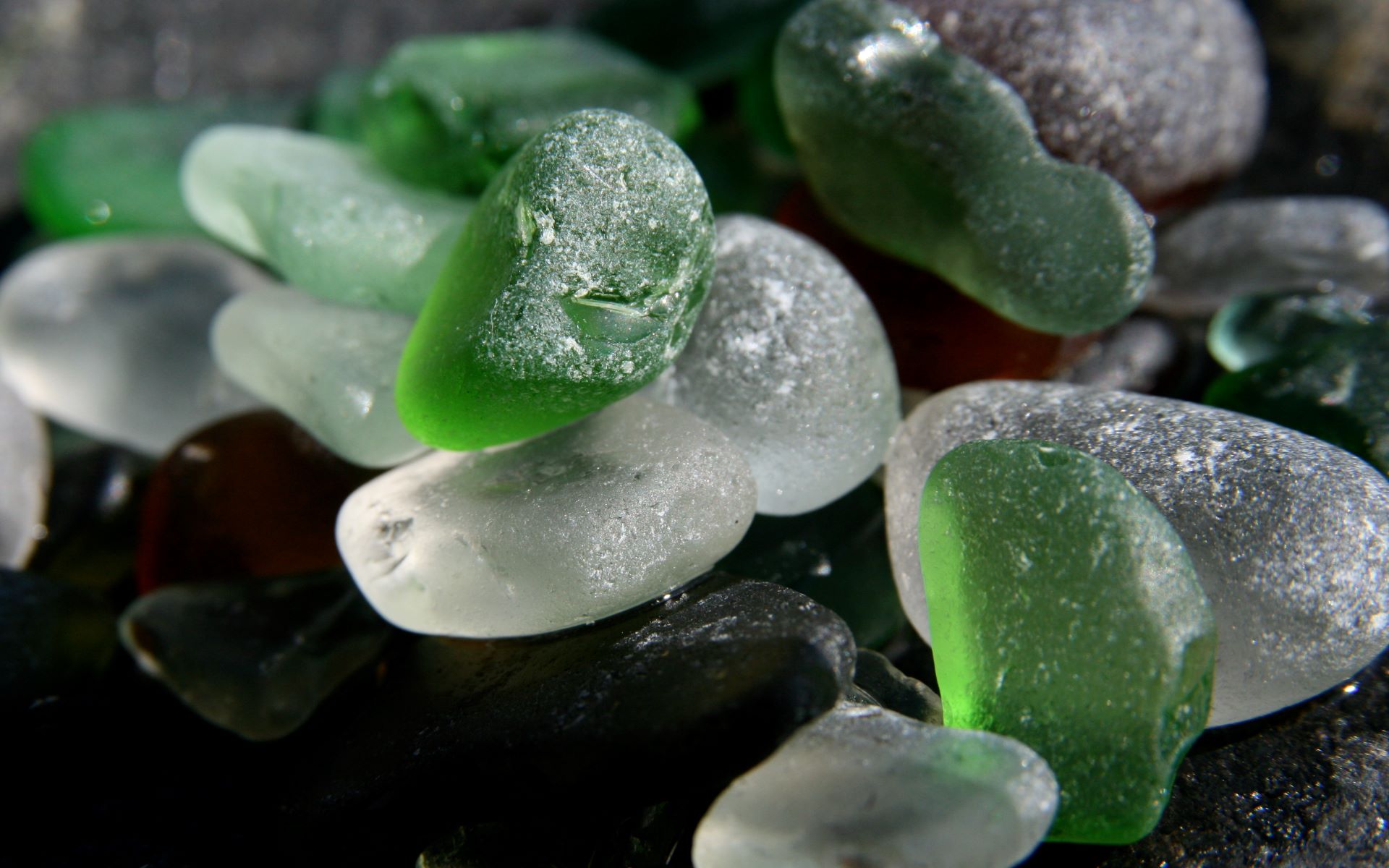

0 thoughts on “What Does Freezer Burned Chicken Look Like”